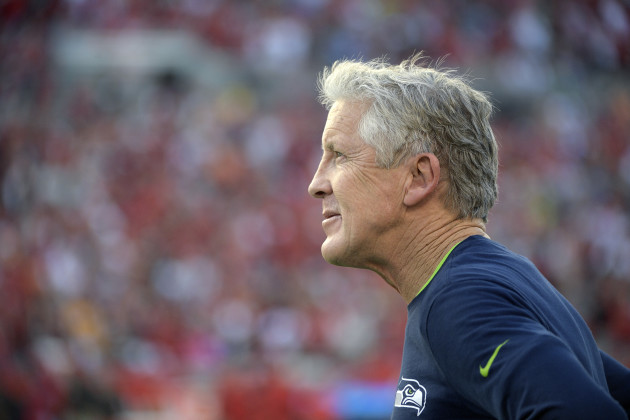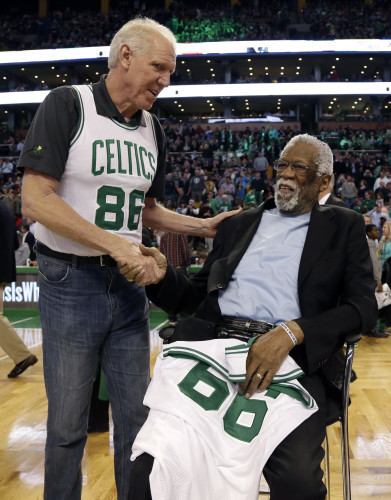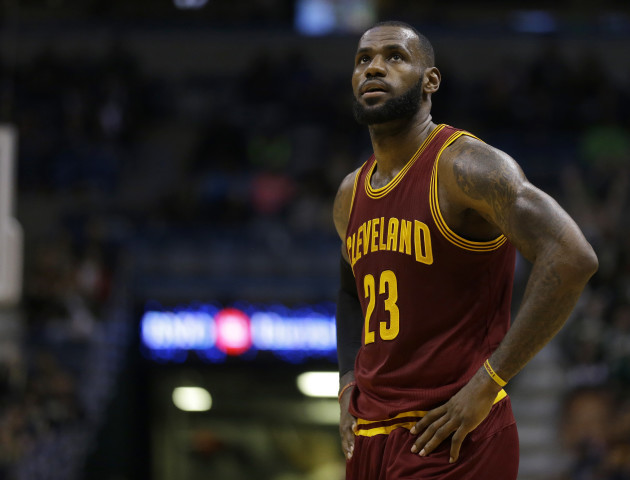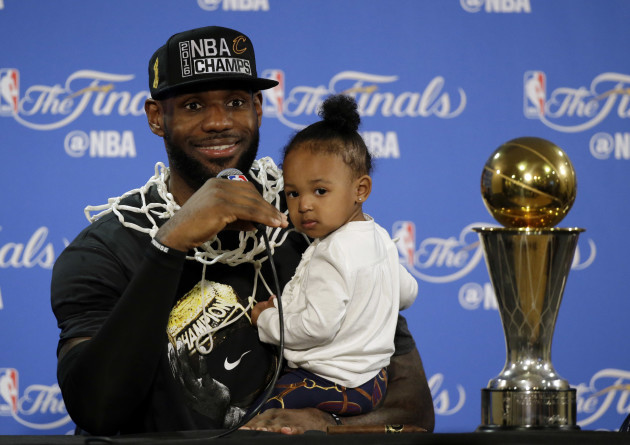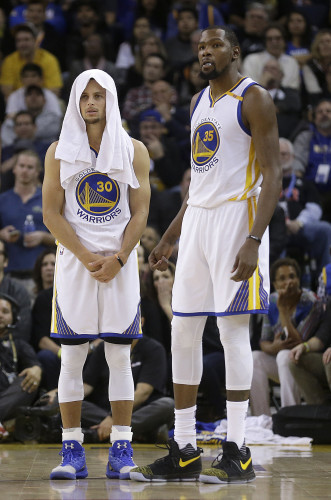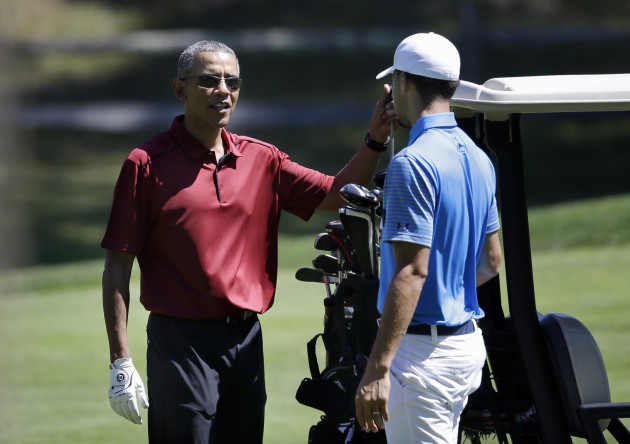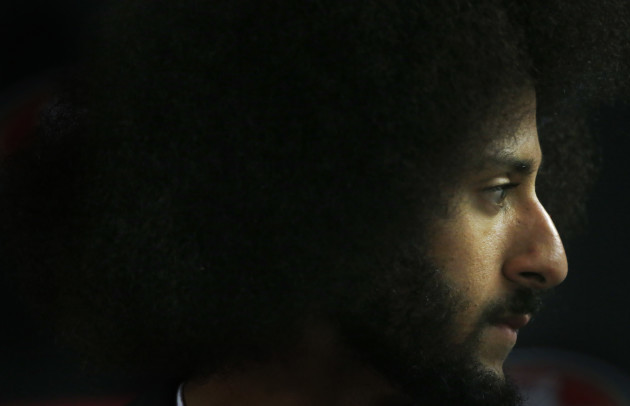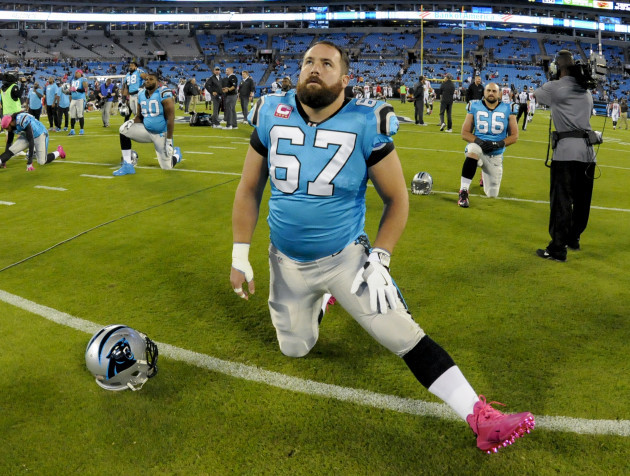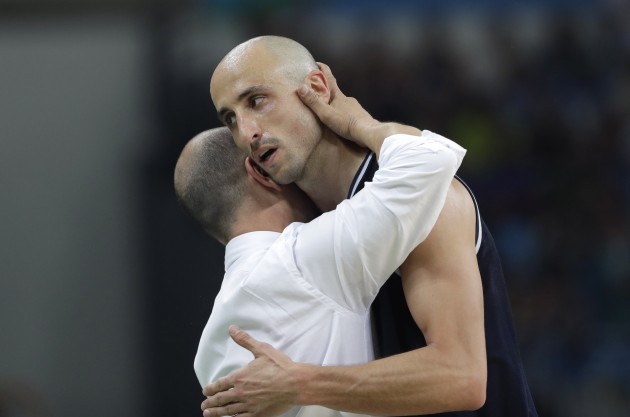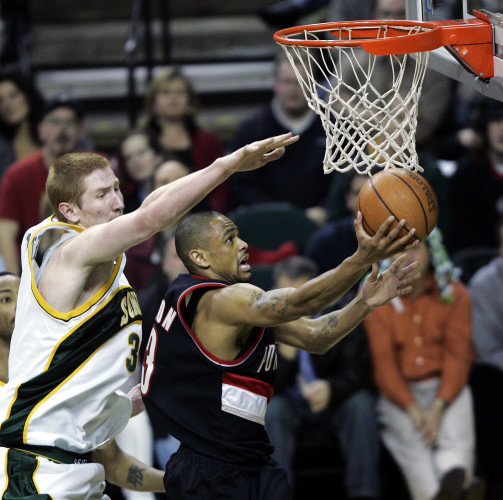1. The little-known book that shaped the minds of Steve Kerr and Pete Carroll - (Chris Ballard, Sports Illustrated)
The book’s not much to look at.
Roughly the size of a Reader’s Digest. Only 134 pages long. You’ve likely never heard of the author, Timothy Gallwey, even though the title’s been in print for 40-plus years. The opening quote is from Maharaji; the back cover promises the ability to “Master Your Game from the Inside Out!”
And yet this is it, the book Warriors coach Steve Kerr swears by, the one he re-reads every off-season. It’s a book he distributes frequently (“I have like 10 copies because I’m always giving them out,” he says); one he says informed both his playing career and his coaching approach; a book that bonded him with Seahawks coach Pete Carroll and provides an unexpected link to his current opponent, the Oklahoma City Thunder; a book some view as akin to a cheat code not just for athletics, but life.
A book about tennis.
2. Bill Walton’s long, strange tale of N.B.A. survival - Sam Anderson, The New York Times
When a great athlete gets into a state of flow, there is this special feeling of control — he becomes free of the normal looming dread that haunts human existence, the knowledge that we are just blown around by the random winds of good and bad luck until we die. Inside the special parameters of flow, he is in charge; everything glows with meaning. This is a feeling Bill Walton knew as well as anyone who ever played. And this is his great tragedy: His ability to get into that flow, through basketball, was ripped away from him again and again by the terrible luck of injuries. He remains in constant pursuit of it.
3. LeBron James versus the new basketball gods - Stephen Metcalf, The New Yorker
Some prominent N.B.A. retirees love the idea that Stephen Curry is coddled by refs and would never have gotten away with his jump-shooting style back in the day. This is sheer nonsense. On a play-by-play basis, defenses conspire to make Curry’s game, with or without the ball, a living hell. In Game One of the N.B.A. Finals, while trying to curl his way around LeBron James, Curry (without the ball) let the side of his face ride on James’s elbow, which James graciously refused to lower. For that moment, the game, or the game-within-the-game, was James’s funny bone rubbing itself as nastily as possible along Curry’s jawline, as Curry pushed back, his neck straining to keep his head upright, his hips laboring to swivel him into the clear. No whistle, let ’em play.
4. The Promise Keeper: LeBron realizes his dream with a title for Cleveland - Lee Jenkins, Sports Illustrated
If Gloria James had lived in a different city and gone to a different hospital on December 30, 1984, Cleveland might be ring-less forever. But Gloria was an Ohio girl and she delivered her baby boy at Akron City. James’s childhood, bouncing from one apartment to another, was far from ideal. But he met teammates who would be brothers and coaches who would be dads. He developed a connection to his hometown, and an appreciation, for ensuring that its prodigal son never fell through the blacktop cracks.
On the night the Cavaliers drafted him first out of St. Vincent–St. Mary High School in 2003, James vowed to “light up Cleveland like Las Vegas,” and he came excruciatingly close. Thirteen years passed. Seven Finals. Two Decisions. Finally, on an unforgettable Sunday night turned Monday morning, the Rust Belt glowed like the Strip.
James kissed his daughter, one–year–old Zhuri, as she played hard–to–get. He made LeBron Jr. do five pushups for letting go of the trophy. He danced on the bus yet again.
It was no fairy tale. It was real.
5. The unlikely assist that helped deliver Kevin Durant to the Warriors - Lee Jenkins, Sports Illustrated
The story of Durant’s departure from Oklahoma City and arrival in Golden State, a move that rocked a league and spawned a superpower, features two iconic point guards. The Warriors believe that Durant, loyal to Russell Westbrook on a personal level, was weary of his ball-dominant approach. Curry presented a free-flowing alternative. But several Golden State coaches and executives also acknowledge the everlasting assist of yet another legendary floor general. “Without Steve Nash,” one says, “I’m not sure if we get Kevin Durant.”
6. Comfortably Numb: The NFL Fell In Love With a Painkiller It Barely Knew - Louis Bien, SB Nation
They remember the doctor telling them that Chris’ medical records suggested willful ignorance, that the Steelers most likely knew Chris’ kidney was in poor health and let him play. Worse, Chris says they regularly injected him with Toradol, a potent non-steroidal anti inflammatory — an NSAID like Aleve, but much stronger — contraindicated for patients with renal problems, like Chris.
Four years later, the Kemoeatu brothers are preparing to take legal action. Chris claims that the Steelers injected him with Toradol weekly — on game days, during training camp and sometimes multiple times a week. He wasn’t necessarily injured, but he did hurt. Toradol helped him feel less pain when he stepped on the field. He gave the Steelers 53 starts across a period when they won two Super Bowls. (The Steelers declined to comment for this story.)
“My first thought is, ‘I’m on the verge of losing my brother,’” Ma’ake says. “‘My brother is going to die.’
“It was like somebody was trying to kill my brother.”
7. Obama, the aging athlete - Michael A Fletcher, The Undefeated
Giving up basketball for golf is an acknowledgment that the president is simply not as young as he used to be. He was 47 when he took office, making him the fifth youngest president in U.S. history. With his basketball habit and daily workout routine, he was arguably one of the nation’s most fit presidents as well.
Obama is still in great shape. He is 6-foot-1½ and 175 pounds. His blood pressure, cholesterol level and other health metrics are excellent. But he turns 55 on Thursday. His close-cropped hair has turned mostly gray and the lines on his face have grown deeper with each year in office. The president’s medical reports also show that he has a history of plantar fasciitis. Given all of that, perhaps his move to golf was as inevitable as time itself.
8. Colin and the Kids - Shea Serrano, The Ringer
Of my three sons, two of them — the 9-year-old twins — have begun to think about race. The first time it happened it was indirect. This was about four years ago. The boys came home from school, and one of them, Boy A, was especially excited because he said he’d met a kid who “had hair like mine.” (Boy A and his brother go to a predominantly white elementary school. Last year, when he and his brother were in the third grade, they were two of something like 10–12 kids in their entire grade level who were either Latino, black, or some combination of both.) I asked Boy A what he meant. He said that most of the kids had “yellow” hair, and I made sure not to laugh. Then he said that the boy he’d met, a kid on the playground, had black hair that was very curly. He was happy about it, and I was happy for him. I didn’t think too much about it beyond that moment, though I suspect now that I should have. I’m not sure if he thought about it more either. I know he didn’t say anything else to me about it, but I also know that not saying something isn’t the same as not feeling something. So who’s to say?
I should’ve asked him more about it, probably.
9. The NFL Rookie Survival Guide - Ryan Kalil, The Player’s Tribune
The next week was the Texans game. Amobi Okoye had been the Texans’ first round pick that year. He was fast and strong, and my technique at guard was poor. I didn’t know how to pass set against him.
It was a long day. I had some good blocks to start, but then I gave up my first sack. What can I say? It was just humiliating. I had to watch Jake Delhomme get off the ground with his helmet twisted sideways.
Guys were trying to help me out and tell me what I needed to do, but I wasn’t really listening. I couldn’t.
I went into the mental tank, scared that I would give up another sack. When that happens, you panic, and all of your technique goes out the window. You’re in survival mode. You just start jumping out at the guy across from you and holding him and grabbing him and it turns into chaos.
10. Welcome to Manu’s basketball familia - Zach Lowe, ESPN
Four years ago in London, the last aging members of Argentina’s Golden Generation sat at their lockers and wept after losing a frantic bronze-medal game to Russia. The nation’s two greatest players, Luis Scola and Manu Ginobili, gathered themselves and spoke to mark the moment.
“I would rather lose with you guys than win with any other group of players,” Ginobili said through tears. Scola said the same thing.
“Everyone was crying even more,” Andres Nocioni recalled. “I had never seen anything like that, so much crying in a locker room. We knew it was our last opportunity to do something big.”
The players then did what they do every night they are together: head out for a long and raucous group dinner. “It’s a rule: win or lose, there is a team dinner,” said Pablo Prigioni, a point guard on the 2012 team. “To celebrate together, or cry together.”
11. Out From The Darkness: Robert Swift’s road from NBA lottery pick to drug addict to… - Chris Ballard, Sports Illustrated
But Swift was the one who woke up first. He was in a bad way, having just crashed after three days without sleep, fueled by his usual mix of heroin and meth. As he stumbled toward Trigg’s room, past tables littered with used needles and shreds of burned tinfoil, Swift felt fear but also relief. His job was to protect Trigg’s stuff and clean up the place. In return, he got the back bedroom and a steady supply of little, clear packets of heroin, enough to ward off the dry heaves and crushing headaches of withdrawal. Swift had long since surrendered to the drug’s undertow. He had no phone, no money, no ambitions. He hadn’t seen his son in two years; hadn’t spoken to his parents in longer. A year earlier he had been evicted for squatting in his own foreclosed million-dollar home. Part of him thought he’d die here, in this filthy house, and maybe that was O.K. He was sick of trying.
Now, as he followed Trigg out into the predawn darkness, hands raised, Swift noticed a cop staring at him, putting two and two together. After all, there are only so many 7’1″, tattooed redheads walking this planet, and only one who was a lottery pick for the Seattle SuperSonics, chosen straight out of high school in 2004. Swift might have looked different now—he bordered on skeletal, and his thick, unwashed hair clung to his forehead—but there was no mistaking him. This was the kid once compared with Bill Walton; the guy who played against Dwight Howard in the McDonald’s All-American game; a young man Jack Nicholson once stopped after a timeout to say, “Do me a favor and take it easy on my Lakers—you’re killing them right now.”
The42 is on Instagram! Tap the button below on your phone to follow us!
